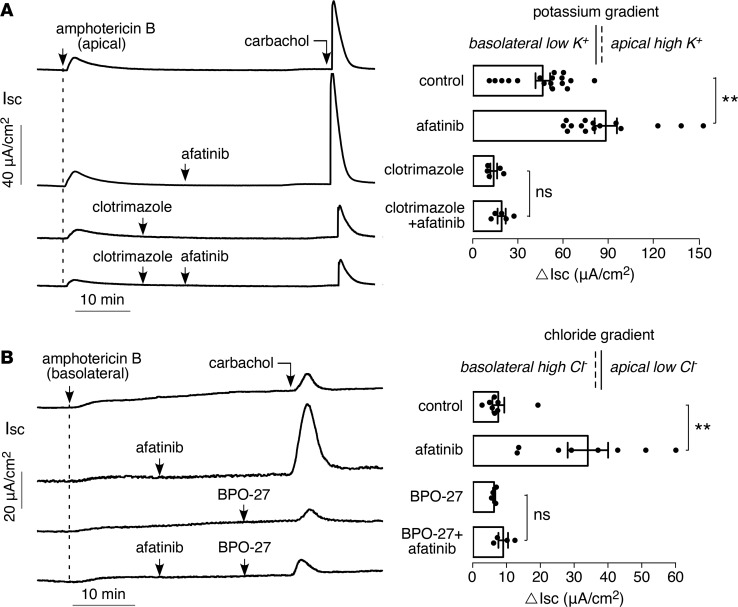Figure 7. Afatinib amplifies carbachol-induced activation of basolateral K+ conductance and apical CFTR Cl– conductance.
(A) (Left) short-circuit current in T84 cells following apical membrane permeabilization with 20 μM amphotericin B in the presence of an apical-to-basolateral solution K+ gradient (apical [K+] 142 mM, basolateral [K+] 5 mM). Afatinib (20 μM) and carbachol (100 μM) added as indicated. (Right) summary of peak carbachol-induced current (mean ± SEM, n = 5–17). (B) (Left) short-circuit current in T84 cells following basolateral membrane permeabilization with 250 μg/ml amphotericin B in the presence of a basolateral-to-apical solution Cl– gradient (basolateral [Cl–] 120 mM, apical [Cl–] 5 mM). Afatinib (20 μM), BPO-27 (10 μM), and carbachol (100 μM) were added as indicated. (Right) summary of peak carbachol-induced current (mean ± SEM, n = 4–8). **P < 0.01, by 2-tailed t test.

